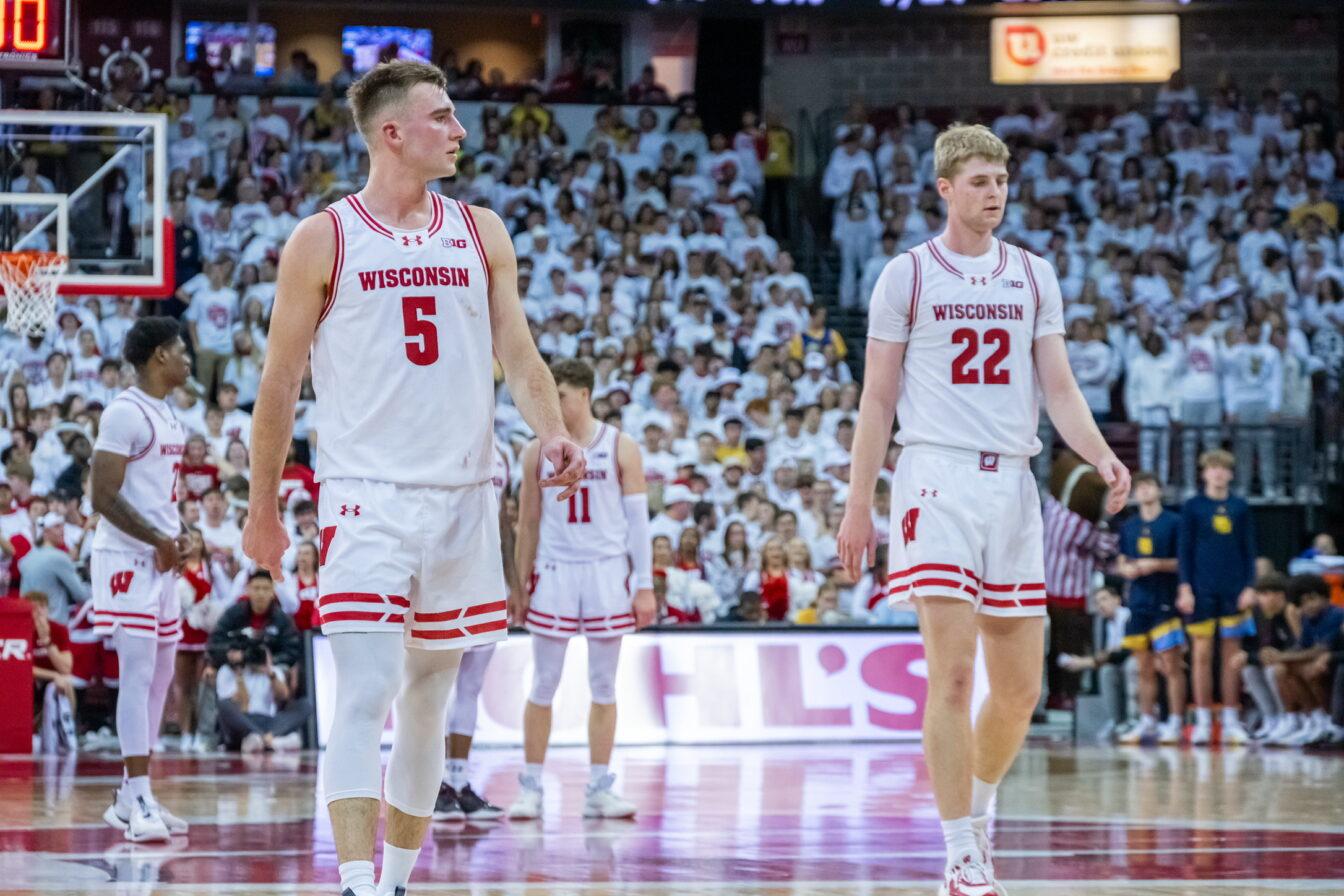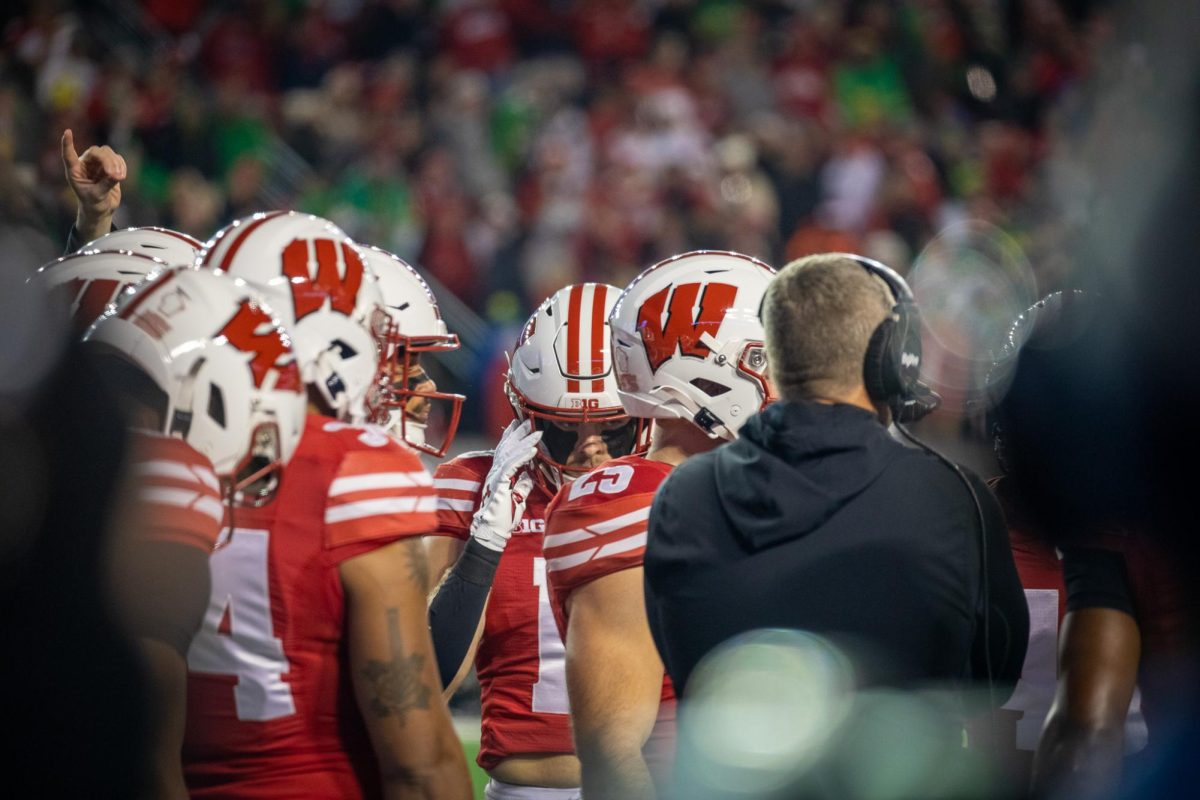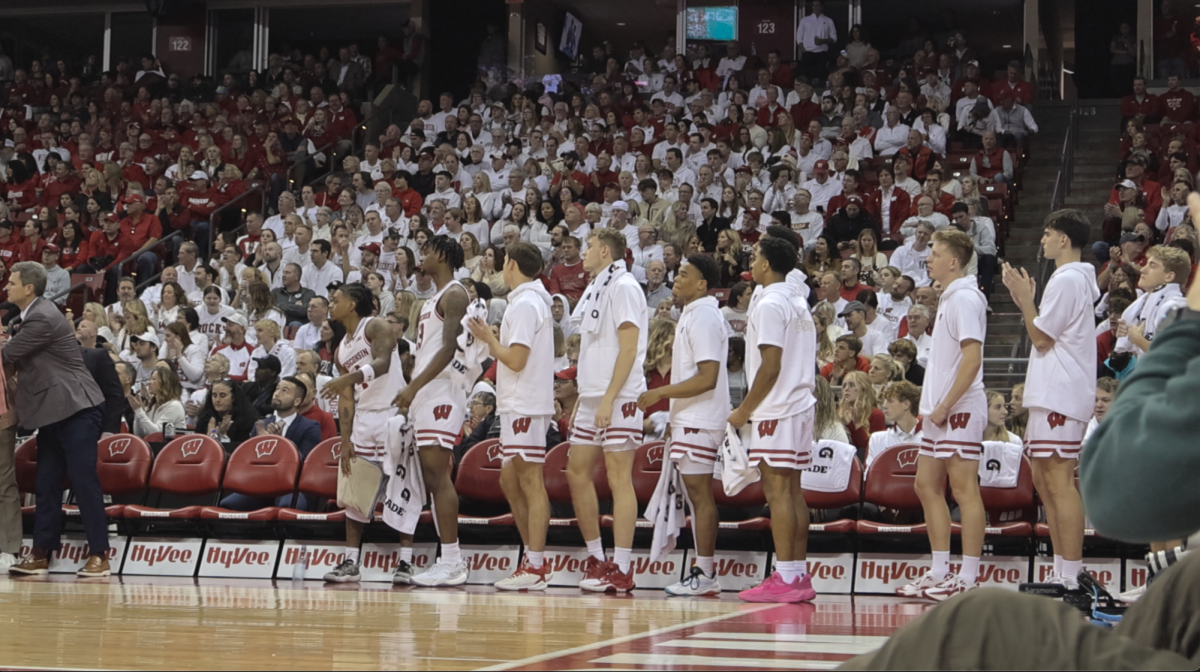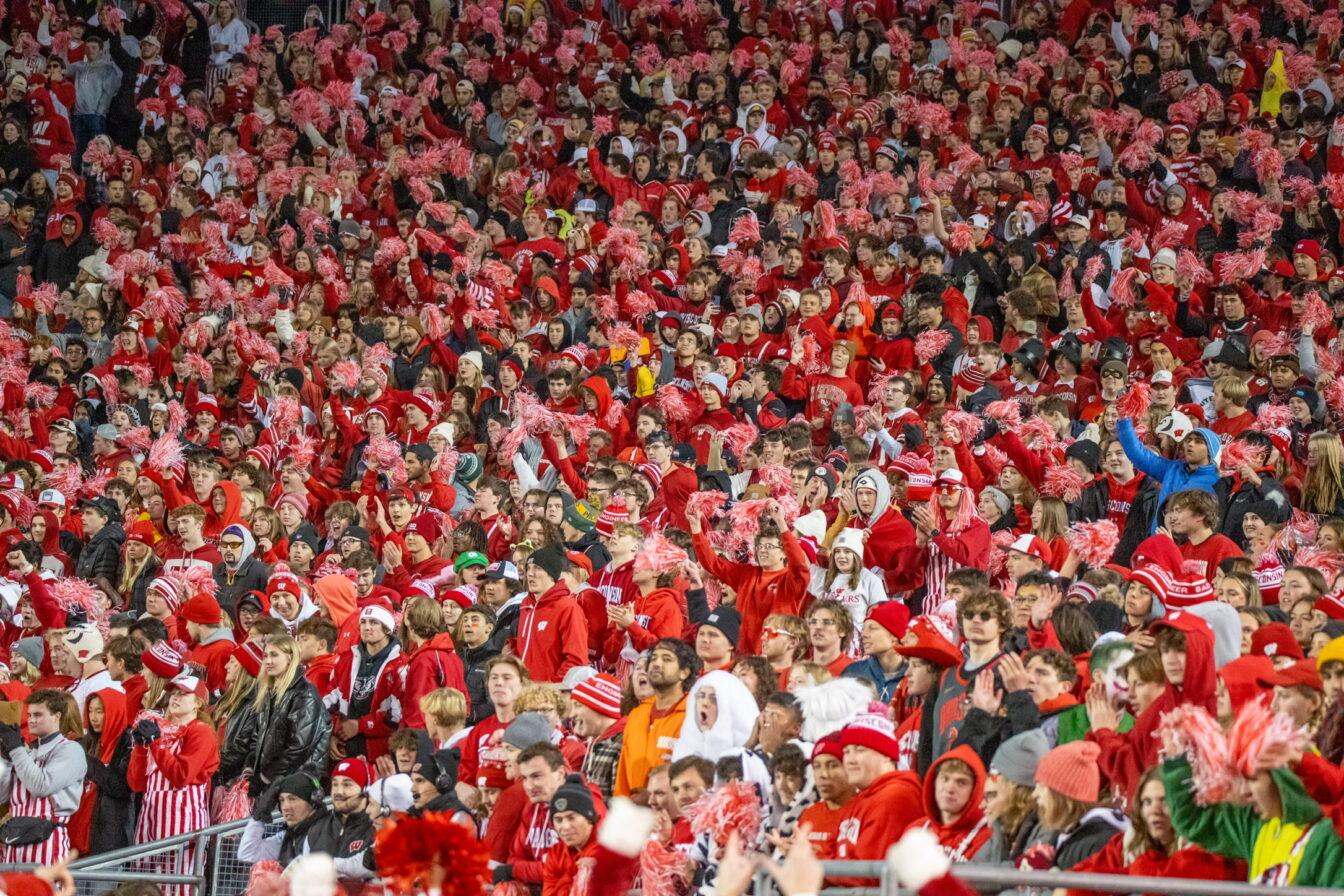I never knew Junior Seau, nor did I know much about him as a person prior to this week.
I was well aware he was an All-Pro linebacker who spent several seasons (13, to be exact) with the San Diego Chargers. There, he forged an identity as a talented, relentless linebacker that persisted throughout the duration of his 20-year career.
Seau entered the NFL in 1990, the year of my birth. Consequently, I was much more familiar with the latter half of his career. When Seau, after a three-year stint with the Miami Dolphins, signed with the New England Patriots in 2006, I remember questioning the wisdom of acquiring a then-37-year-old linebacker who seemed to be at the end of his career.
Yet Seau proceeded to play the next four seasons with the Patriots, remaining a solid contributor, especially for the first two. His “veteran leadership” was consistently displayed beyond the typical usage employed by sportswriters everywhere, as Seau was one of those players who wore his emotions on his sleeve and didn’t have to tell people how much he loved the game.
Wednesday morning, Seau was found shot to death in his home in northern San Diego County. Police said Seau’s girlfriend found him unconscious with a gunshot wound to his chest, with a gun found nearby. No suicide note was found, but by Thursday night the medical examiner’s office had ruled Seau’s death a suicide.
A near lock to join the Hall of Fame, remembrance of Seau highlighted his brilliance as a player who was beloved by teammates and coaches – consistently observed over the course of his two decades in the league. As several news reports this week have recalled, Seau’s trademark intensity manifested itself from his first days in the league, as he was ejected for fighting in his first exhibition game as a rookie.
Those closest to Seau almost unanimously shared testaments to his ebullience off the football field – a trait that isn’t hard to see in him but one that might’ve been obscured by his identity as a pro football player. Wednesday, USC’s athletic department – Seau’s alma mater – released a poignant tribute video showing highlights of his college career paired with his ukulele rendition of the great Eric Clapton song “Wonderful Tonight.” Fittingly, the footage of Seau’s ukulele performance was shot the day of the Trojans’ spring game less than a month ago.
Seau’s unfamiliar off-field persona quickly formed an unfortunate parallel with the unseen dangers of the sport, which have garnered a much wider media presence over the past several years. Seau’s suicide links him with two other former NFL players who have taken their own lives in the past 15 months. Former Atlanta Falcons safety Ray Easterling committed suicide in April, while ex-Chicago Bears safety Dave Duerson shot himself in the chest in February 2011.
Prior to his death, it was reported Duerson texted family members a request to have his brain tissue examined for the damage found in other retired players. Three months later, Duerson’s brain was found to have the same trauma-induced disease, chronic traumatic encephalopathy, as more than 20 deceased players.
The circumstances of Seau’s death, with a gunshot to the chest, immediately echoed those of Duerson’s. They also pushed the current debate over player safety to an all-time high. Since Commissioner Roger Goodell took over in 2006, a variety of rule changes have been implemented, including tightened regulations on legal tackles and the shortening of kickoffs to make returns safer. Helmets and other player equipment have also undergone rigorous and repeated testing to ensure the highest safety possible in such a violent sport.
Nevertheless, more than 1,500 retired players have brought legal action against the NFL, claiming the league hid the dangers of concussions from them. More than 100 ex-players filed a new suit Thursday, including former Atlanta Falcons All-Pro running back Jamal Anderson.
All of these circumstances are tragic causes for legitimate and much-needed conversation. Tuesday evening in New York, Slate/Intelligence Squared will hold a debate with the motion “ban college football.” In support will be Pulitzer Prize-winning journalist and Friday Night Lights author Buzz Bissinger and The New Yorker’s Malcolm Gladwell. Against the motion will be former NFL defensive end and broadcaster Tim Green and Fox Sports national columnist Jason Whitlock.
The debate has been scheduled for some time, making its timing suddenly intriguing given Seau’s death. At the forefront of the debate will be the significant medical issues facing the sport, though other issues such as institutional corruption and whether collegiate athletes should be paid will also come into play.
Of course, college football isn’t going anywhere any time soon. In all likelihood, it won’t ever be “banned.” More likely – or at least more feasibly – a serious backlash spurred on by concerns over player safety and compensation will drive corporate sponsors away and ultimately diminish the sport to the level of boxing, horse racing and rugby.
At least, that’s how other writers more established and in-the-know than myself have theorized the demise of college football. Back in February, four days after Super Bowl XLVI, Grantland even ran an article by two economists with the headline, “What Would the End of Football Look Like”? The article attempted to explain how such demise might come about through, obviously, an economic perspective. It was, unsurprisingly, met with widespread criticism.
Regardless of where the debate – both Slate’s and the overall dialogue on player safety – goes, conversation on the matter is the most pressing need for football. Specific reforms, whether that means the elimination of kickoffs and/or helmets or whatever, won’t come today, tomorrow or next week.
As a student journalist who hopes to one day join the real, meaningful discourse on the topic, I’m hopeful such conversation on the safety of football grows both in popularity and intelligence. Twitter arguments or any other simpleminded back-and-forth might generate headlines, but that’ll be it.
Though the Slate debate might, to some, seem radical, it’s a tremendous step in the right direction. Let’s hope more come afterward, for the sake of the sport, its players and its fans.
Mike is a senior majoring in journalism. Have any thoughts on player safety in football? Feel free to share them with him on Twitter @mikefiammetta.













